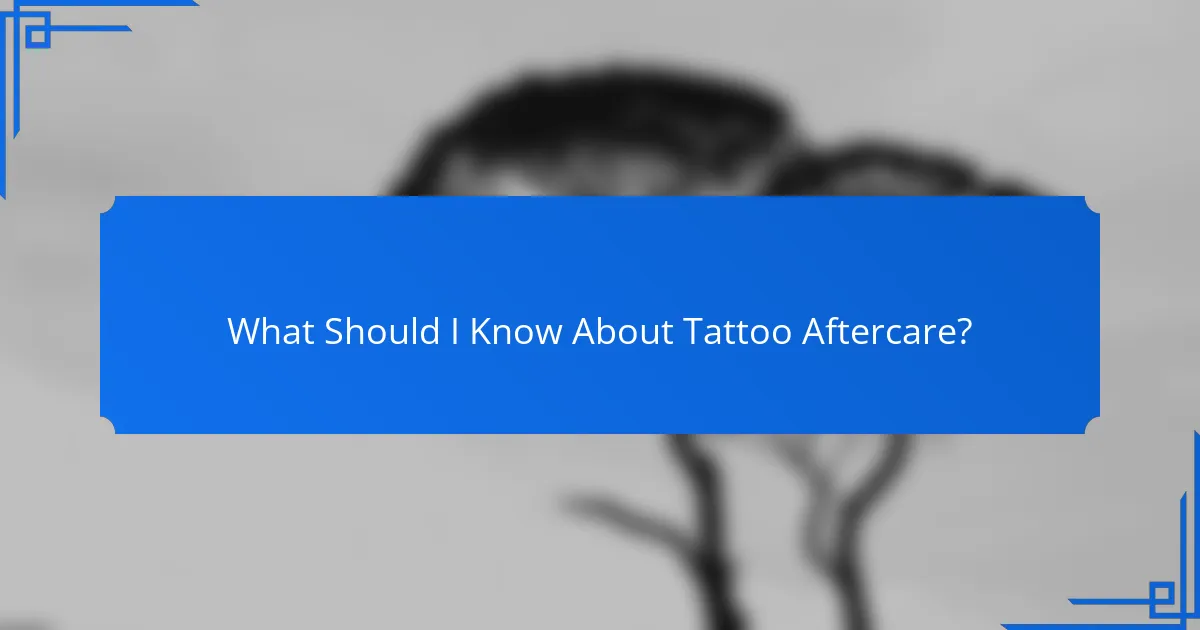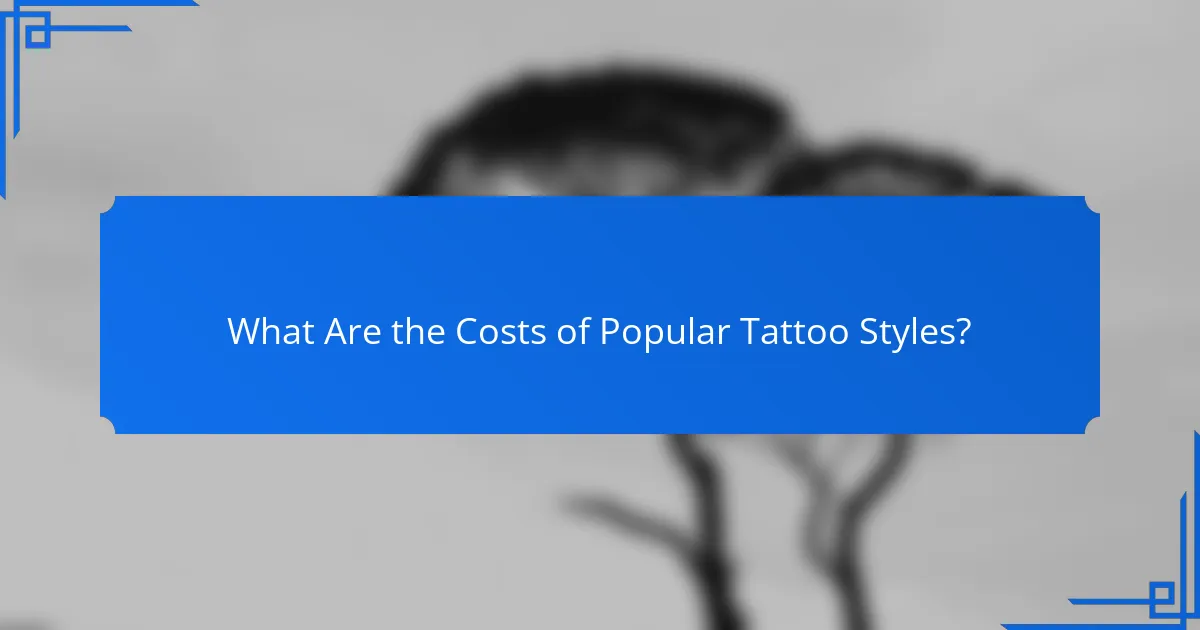For first-time clients, selecting a tattoo style can be an exciting yet daunting task. Popular options such as traditional, watercolor, minimalist, geometric, realistic, Japanese, and blackwork tattoos offer diverse ways to express personal identity and aesthetic preferences. It’s important to reflect on what resonates with you and consider factors like design meaning, placement, and artist expertise before making your choice.

What Are the Most Popular Tattoo Styles for First-Time Clients?
First-time clients often gravitate towards popular tattoo styles that reflect personal expression and aesthetic preferences. The most sought-after styles include traditional, watercolor, minimalist, geometric, realistic, Japanese, and blackwork tattoos, each offering unique characteristics and considerations.
Traditional Tattoos
Traditional tattoos, also known as American traditional, feature bold lines and vibrant colors. These designs often include iconic imagery such as roses, skulls, and anchors, making them easily recognizable.
When considering a traditional tattoo, think about the symbolism behind the imagery. This style is ideal for those who appreciate classic designs and want a tattoo that stands the test of time.
Watercolor Tattoos
Watercolor tattoos mimic the brushstroke effect of watercolor paintings, using vibrant colors that blend and bleed into one another. This style is perfect for those who want a more artistic and abstract representation.
Keep in mind that watercolor tattoos may require more touch-ups over time due to their softer edges. If you prefer a unique and colorful design, this style could be a great choice.
Minimalist Tattoos
Minimalist tattoos focus on simplicity, often featuring clean lines and sparse details. This style is ideal for first-time clients who prefer subtlety and understated designs.
Consider small symbols or simple shapes that hold personal meaning. Minimalist tattoos are generally quicker to complete and can be placed almost anywhere on the body.
Geometric Tattoos
Geometric tattoos use shapes and patterns to create striking designs. These tattoos can range from simple lines to intricate mandalas, appealing to those who appreciate symmetry and precision.
When choosing a geometric tattoo, think about how the shapes can represent aspects of your personality or life experiences. This style can be both modern and timeless.
Realistic Tattoos
Realistic tattoos aim to replicate real-life images with high detail and accuracy. This style is popular for portraits, animals, and nature scenes, making it ideal for those who want lifelike representations.
Keep in mind that realistic tattoos require a skilled artist, so research portfolios carefully. These tattoos may also take longer to complete due to their complexity.
Japanese Tattoos
Japanese tattoos, or Irezumi, are rich in symbolism and often feature elements like koi fish, dragons, and cherry blossoms. This style is known for its vibrant colors and intricate designs that tell a story.
Consider the cultural significance of the imagery you choose, as Japanese tattoos often carry deep meanings. This style is suitable for those who appreciate traditional art forms and storytelling through tattoos.
Blackwork Tattoos
Blackwork tattoos utilize solid black ink to create bold designs, often featuring intricate patterns or large areas of black. This style is favored for its striking visual impact and versatility.
When opting for a blackwork tattoo, think about how the design will complement your skin tone and personal style. This approach can range from simple black lines to elaborate patterns, making it suitable for various tastes.

How Do I Choose the Right Tattoo Style?
Choosing the right tattoo style involves considering your personal preferences, the meaning behind the design, and practical aspects like placement and artist expertise. Start by reflecting on what resonates with you and then research styles that align with your vision.
Consider Personal Meaning
Your tattoo should reflect something significant to you, whether it’s a personal experience, a tribute, or a symbol of your beliefs. Think about images, words, or themes that hold importance in your life.
For example, many people opt for symbols from their culture or quotes that inspire them. This personal connection can make your tattoo more meaningful and enduring.
Research Tattoo Artists
Finding the right tattoo artist is crucial for achieving your desired style. Look for artists who specialize in the type of tattoo you want, whether it’s traditional, watercolor, or minimalist.
Check their portfolios online to see examples of their work and read reviews from previous clients. A good artist will not only have the technical skills but also understand your vision and provide valuable input.
Evaluate Placement Options
The placement of your tattoo can significantly affect its visibility and impact. Consider areas that are meaningful to you or that align with the design’s size and intricacy.
Common placements include the forearm, back, and ankle, but think about how often you want to show it and how it may change with age. Discuss placement with your artist to ensure it complements the design.

What Should I Know About Tattoo Aftercare?
Proper tattoo aftercare is essential for healing and maintaining the quality of your new ink. Following specific guidelines helps prevent infections and ensures vibrant colors and clear lines.
Follow Aftercare Instructions
Adhering to the aftercare instructions provided by your tattoo artist is crucial. These guidelines typically include keeping the tattoo covered for a few hours after the session, washing it gently, and applying a recommended ointment or lotion.
Each artist may have slightly different recommendations based on their techniques and the ink used, so it’s important to clarify any doubts immediately after your tattoo is done.
Avoid Sun Exposure
Sun exposure can severely damage a healing tattoo, leading to fading and irritation. For at least a few weeks post-tattoo, it’s best to keep your tattoo covered or apply a high-SPF sunscreen when you are outdoors.
Even after healing, protecting your tattoo from the sun can help maintain its vibrancy over time. Consider wearing clothing that covers the tattoo or using sunscreen with SPF 30 or higher.
Keep It Clean and Moisturized
Maintaining cleanliness and moisture is vital for healing. Gently wash the tattoo with mild soap and water, then pat it dry with a clean towel. Avoid soaking the tattoo in water, such as in baths or pools, for at least two weeks.
After cleaning, apply a thin layer of fragrance-free moisturizer or a specialized tattoo aftercare product. This keeps the skin hydrated and helps prevent scabbing, which can lead to uneven healing.

What Are the Costs of Popular Tattoo Styles?
The costs of popular tattoo styles can vary significantly based on design complexity, artist experience, and location. Generally, you can expect to pay anywhere from a few hundred to several thousand dollars for a tattoo, depending on these factors.
Average Cost of Traditional Tattoos
Traditional tattoos, characterized by bold lines and vibrant colors, typically range from $100 to $300 per hour. The final price often depends on the size and intricacy of the design. For a medium-sized piece, clients might spend between $200 and $600.
When considering a traditional tattoo, it’s essential to research artists who specialize in this style, as their expertise can significantly impact the quality and longevity of the artwork.
Average Cost of Watercolor Tattoos
Watercolor tattoos, known for their soft, brushstroke-like appearance, usually cost between $150 and $400 per hour. Due to their artistic nature, these tattoos often require more time and skill, leading to higher overall costs. A small to medium watercolor tattoo can range from $300 to $800.
Clients should ensure their chosen artist has experience with watercolor techniques, as this style demands a unique approach to color blending and shading.
Average Cost of Minimalist Tattoos
Minimalist tattoos, featuring simple lines and subtle designs, are generally more affordable, with prices ranging from $50 to $200 per hour. Many minimalist pieces can be completed in a shorter time frame, making them a budget-friendly option for first-time clients.
For a small minimalist tattoo, clients might expect to pay between $100 and $300. It’s advisable to discuss the design and size with the artist to get a clear estimate before proceeding.


